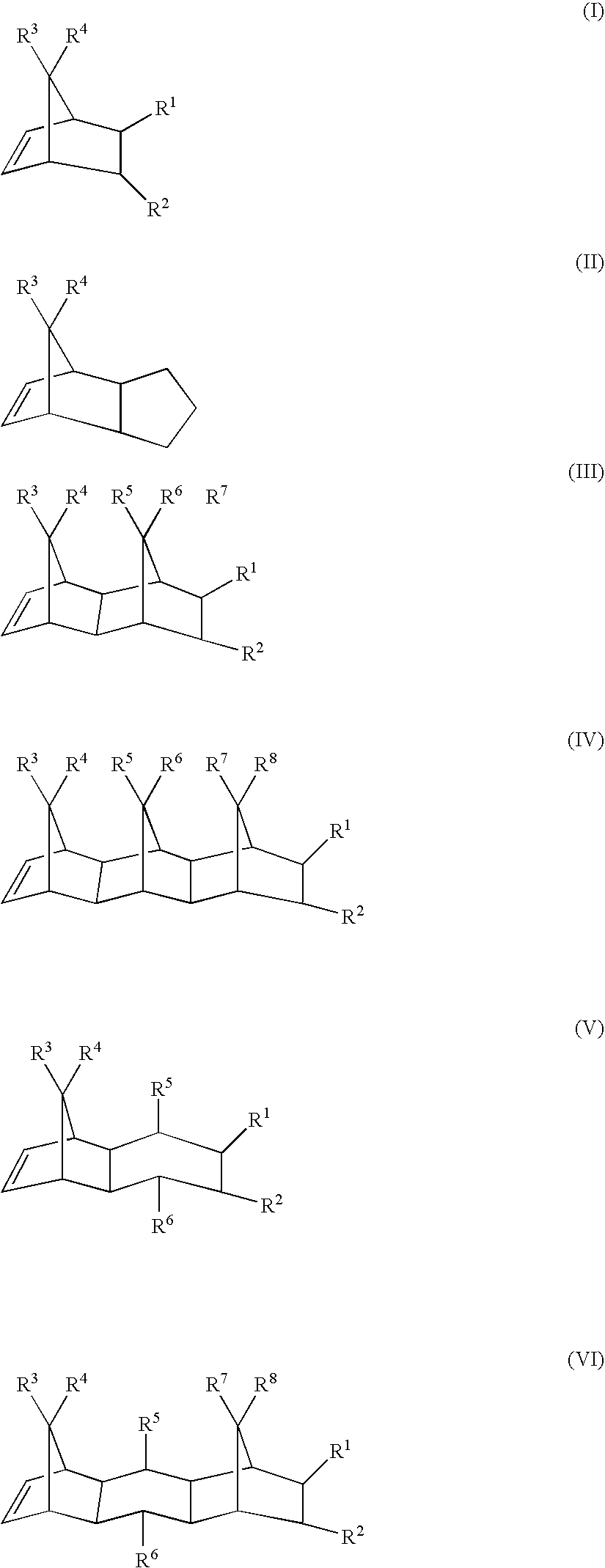Transparent polyester film with enhanced water vapor barrier, its production and use
a polyester film and water vapor barrier technology, applied in the field of multilayer, transparent, biaxially oriented polyester films, can solve the problems of loss of good optical properties, unsuitable practical use of laminates of this kind, complex construction, etc., and achieve outstanding barrier properties and production costs of films of invention. not substantially greater
- Summary
- Abstract
- Description
- Claims
- Application Information
AI Technical Summary
Benefits of technology
Problems solved by technology
Method used
Image
Examples
example 1
Chips of COC and polyethylene terephthalate were supplied in a mixing ratio of 50:50 directly to the extruder (twin-screw extruder ZSK from Werner & Pfleiderer) for the outer layer A. In the extruder the two materials were extruded at a temperature of about 300.degree. C. The melt was filtered, shaped to a flat film in a multilayer dye, and laid as outer layer A over the base layer B. The multilayer film was discharged via the dye lip and solidified on a chill roll. The residence time of the polymers in the extrusion was about 5 minutes.
Chips of polyethylene terephthalate were dried to a residual moisture content of less than 100 ppm at a temperature of 160.degree. C. and supplied to the extruder for the base layer B.
Additionally, chips of polyethylene terephthalate and antiblocking agent were dried to a residual moisture content of 100 ppm likewise at 160.degree. C. and supplied to the extruder (twin-screw extruder ZSK from Werner & Pfleiderer) for the outer layer C. The temperatur...
example 2
As in Example 1, a three-layer film ABC with an overall thickness of 23 .mu.m was produced by coextrusion. The outer layer A now had a thickness of 4 .mu.m. The composition of the other layers was unchanged.
example 3
As in Example 1, a three-layer film ABC with an overall thickness of 23 .mu.m was produced by coextrusion. The outer layer A had a thickness of 4 .mu.m. In contrast to the previous examples, component 11 in the outer layer A was now 50% by weight of an amorphous copolyester of 78 mol % ethylene terephthalate in 22 mol % ethylene isophthalate (prepared by the transesterification method with Mn as transesterification catalyst, Mn concentration: 100 ppm). The composition of the other layers was unchanged.
PUM
| Property | Measurement | Unit |
|---|---|---|
| glass transition temperature Tg | aaaaa | aaaaa |
| glass transition temperature | aaaaa | aaaaa |
| adhesion | aaaaa | aaaaa |
Abstract
Description
Claims
Application Information
 Login to view more
Login to view more - R&D Engineer
- R&D Manager
- IP Professional
- Industry Leading Data Capabilities
- Powerful AI technology
- Patent DNA Extraction
Browse by: Latest US Patents, China's latest patents, Technical Efficacy Thesaurus, Application Domain, Technology Topic.
© 2024 PatSnap. All rights reserved.Legal|Privacy policy|Modern Slavery Act Transparency Statement|Sitemap



